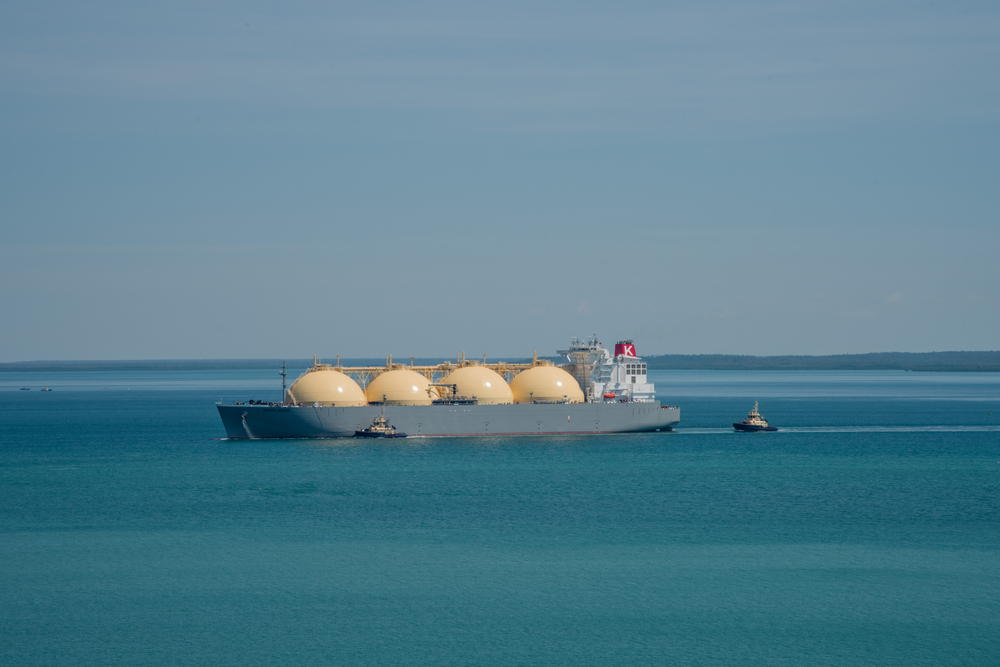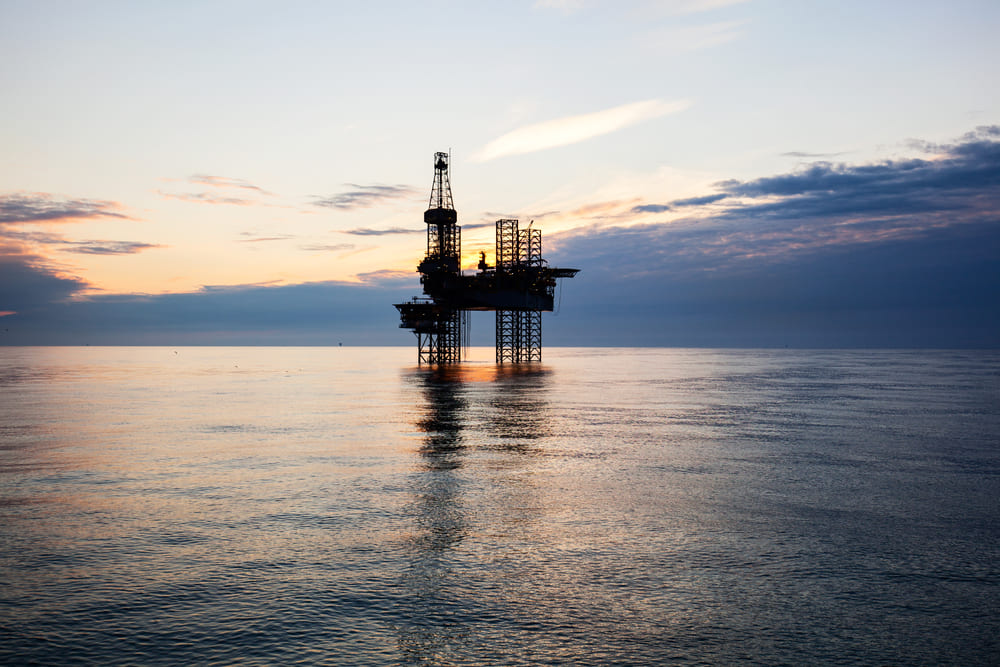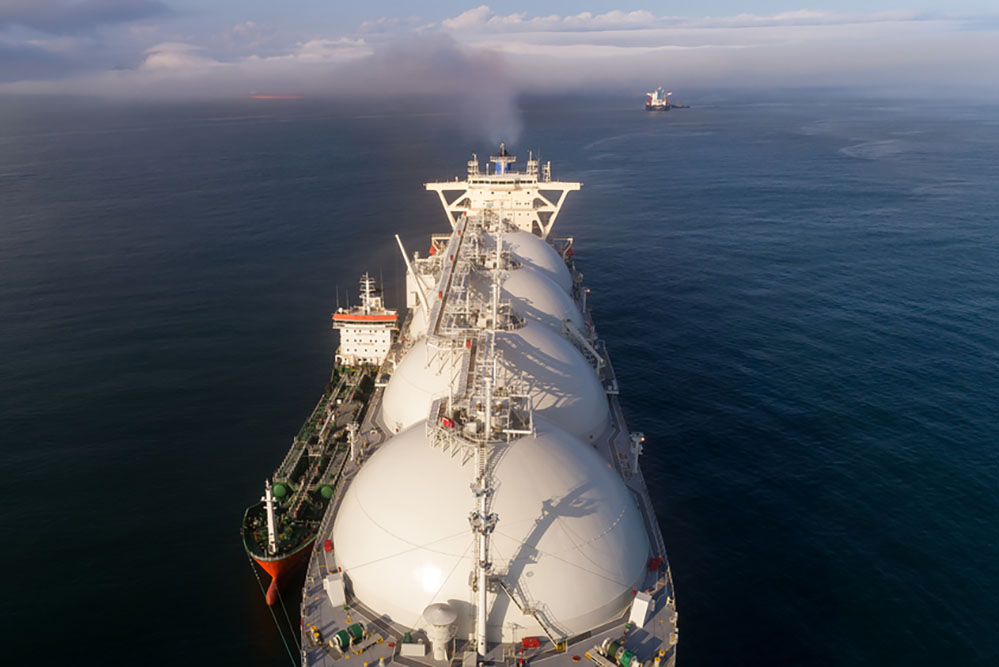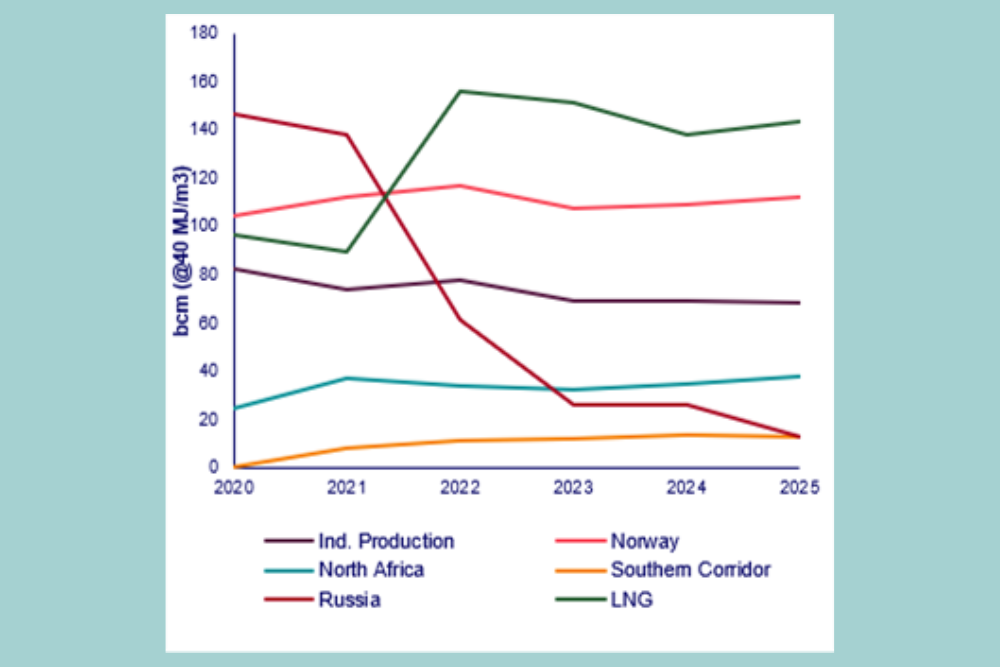
Australian liquified natural gas (LNG) performed strongly in March 2021, reaching a new record of 7.2 million tonnes (Mt) shipped (105 cargoes), up 20 per cent compared with 6 million tonnes (88 cargoes) in February, a new report has highlighted.
According to EnergyQuest’s Australian LNG Monthly for March 2021, the result was largely due to a rebound in performance from two projects, Chevron’s Gorgon project and Inpex’s Ichthys project.
Production from Gorgon, which was previously interrupted by repairs to Train 1, was back in full swing, reaching 16.3 Mt on an annualised basis, 104 per cent of nameplate capacity (15.6 Mt).
Ichthys produced 9.1 Mtpa on an annualised basis, 102 per cent of nameplate capacity of 8.9 Mtpa.
Gorgon and Ichthys were not the only projects to lift their performance. Another four of Australia’s 10 projects also achieved higher production: Woodside’s North West Shelf project, Chevron’s Wheatstone project, Santos’s GLNG project and Shell’s Prelude project.
Average plant capacity utilisation for the Australian LNG projects was 95.7 per cent in March, up on 88.4 per cent in February.
Higher export volumes and stronger oil prices increased export revenue. EnergyQuest estimates that Australian LNG export revenue increased in March to $3.4 billion, well up on $2.68 billion in February although still down by 23 per cent on March 2020.
The report notes that deliveries to North Asian markets were significantly higher in March compared with February. Australian projects delivered a total of 96 cargoes to China, Japan, Korea and Taiwan in March, well up from 83 cargoes a month earlier.
There were eight more deliveries to China, three more to Taiwan and six more to Korea (achieving a monthly record of deliveries) but four less to Japan compared with February. There were also two more cargoes delivered to Malaysia and one more to India.
Some other key statistics from the report included:
- The average price of Australian LNG exported to Korea in February was over A$14/GJ to Korea. February export prices were all higher than domestic prices.
- West Coast shipments increased to 5.3 Mt in March (4.1 Mt in February), with 76 cargoes in March compared to 59 in February.
- East coast LNG shipments remained steady at 2 Mt in March (2 Mt in February), with 29 cargoes compared to 29 in February, and 28 cargoes of 1.9 Mt a year ago.
- There were no March spot cargoes reported from the east coast, and four spot cargoes from the west coast (4 per cent of total shipments).
- Queensland imported gas from the other states in March, with flows in an easterly direction seen throughout the month. Net gas flows to Queensland from other states were 4.1 PJ in March.
- CSG production from fields operated by the LNG producers was 118.6 PJ in March, well up from 110.7 PJ in February and 1.6 PJ above exports including fuel gas.
- It appears that work has commenced on the Port Kembla Gas Import Terminal in NSW. EnergyQuest outlines that this is essential for the Victorian winter 2023. However, the company notes that the Victorian decision to reject Crib Point and, by default, rely on NSW will add around $1/GJ to Victorian gas prices due to additional pipeline transmission costs.
More information on the EnergyQuest Australian LNG Monthly can be found here.







